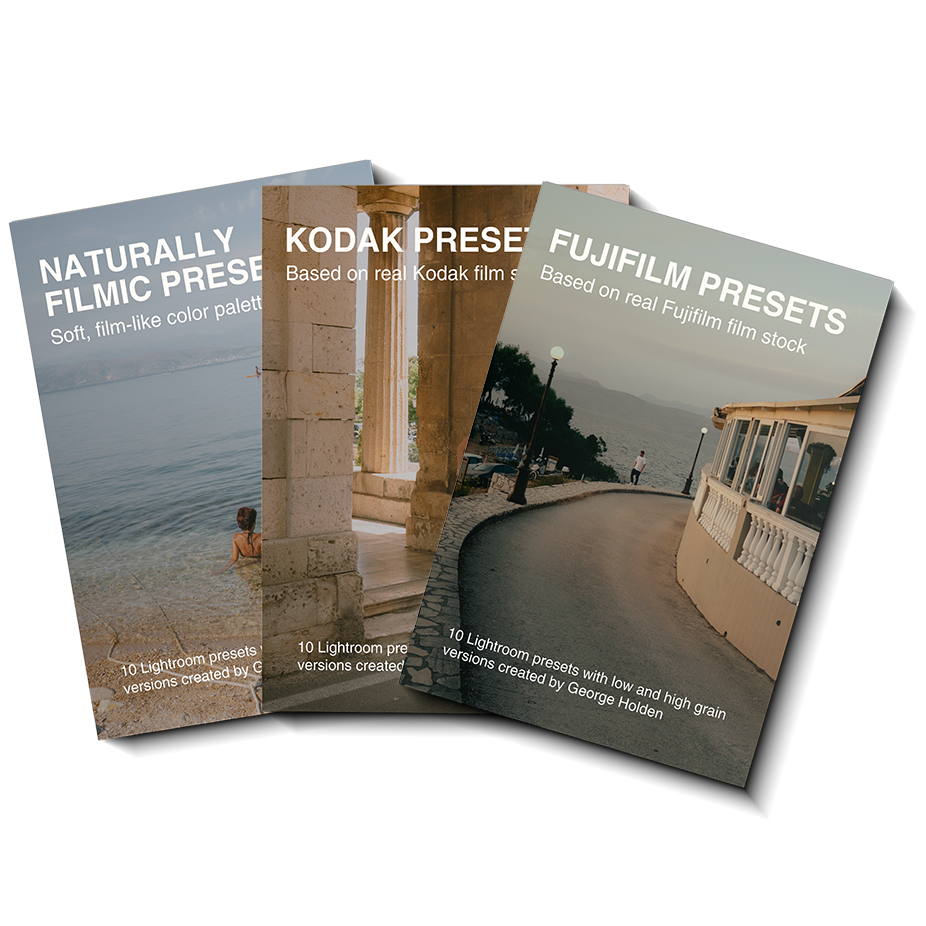Why f/1.8 is ruining your photography.
Do you find that your photos are always coming out blurry, noisy or just not sharp? Well, most likely the problem is that you're shooting at the wrong aperture. So in this article I'm going to show you how to choose the correct aperture for any given situation.
The Allure and Mistake of Shooting Wide Open
One of the main reasons you might choose to shoot with a prime lens over a zoom lens is the ability to shoot at a brighter widest aperture. Much like this Brightin Star 85mm f1.8 lens. We have the ability to stop all the way down to f1.8 to let in as much light as possible and create a super shallow depth of field effect in our photos.
When you first start shooting with a prime lens like this you might be tempted to shoot wide open at f1.8 for every single photo, but this might end up being a mistake that you end up regretting later.
When we look at some of these example images we can see that it's weirdly satisfying to have our subject appearing nice and sharp while the foreground and background are completely out of focus. So if we actually look much closer at our subject we'll actually notice that only a razor thin area of our subject is actually in focus because of this super shallow depth of field. Doing this can even result in shooting a portrait and having the eyes of your subject in focus but their nose and ears out of focus, which is pretty much useless in most situations.
Finding the "Sweet Spot" for Sharpness
Should we then just stop down our lens all the way to f16 or f22 to make sure that everything's in focus from now on? Well not necessarily. There are a few incremental benefits to shooting at different f-stops between f1.8 and all the way closed down at f16.
As we increase the f number on our lens, we actually make the aperture inside of our lens smaller. And as we do this, the lens opening getting smaller lets in less light, therefore decreasing our exposure, but it also increases our depth of field, so making more of our image in focus.
So what's the sweet spot here? Looking at our same image again, let's see how an f2.8 aperture compares with the f1.8 aperture. We can see now that our image is noticeably sharper with more of the image in focus. This lets us keep our primary subject mostly in focus and reduces the overall foreground and background blur compared to shooting wide open.
We can then take this a little bit further by stopping down to f4 and here we start to see our subject looking much sharper while maintaining a pleasing amount of background blur in the foreground and background. You just see straight away how much sharper the main subject is, but you still have that nice fall off that doesn't feel like artificial or underwhelming either. Like f4 is the sweet spot.
On many prime lenses, this window of f2.8 to f4 is going to be that sharpness sweet spot. Your subject is going to be nice and sharp, but you're still going to have a good amount of separation in terms of sharpness between your subject, the foreground and the background.
Why Pro Photographers Stop Down Further
Beyond this sweet spot of sharpness, pro photographers might go beyond f4 depending on their composition, and sometimes they might need f5.6 or f8 or higher to actually get a better final image compared to shooting wide open. When we increase our f number this little bit further, we're closing down our aperture again, letting in less light and increasing the depth of field to include more of our foreground and our background in focus. This means making a trade-off between our lovely blurry background and actually having more subjects and elements in our composition in focus to tell a wider story.
So why do you buy a 1.8 prime lens if you're just going to stop down to f5.6 or f8 anyway? Well, the pros know that not every single scenario is going to require the same camera settings. You can't be at the same best settings all the time. f1.8 will work in some situations while f8 will work in other situations.
Becoming a Better Photographer
Knowing how, when and why to shoot at different apertures is part of becoming a better photographer. Not every scenario is going to require the same level of exposure, the same level of depth of field, or the same level of sharpness even. So knowing when to use each of these and making that a second nature skill is going to help you become a better photographer in any situation.






